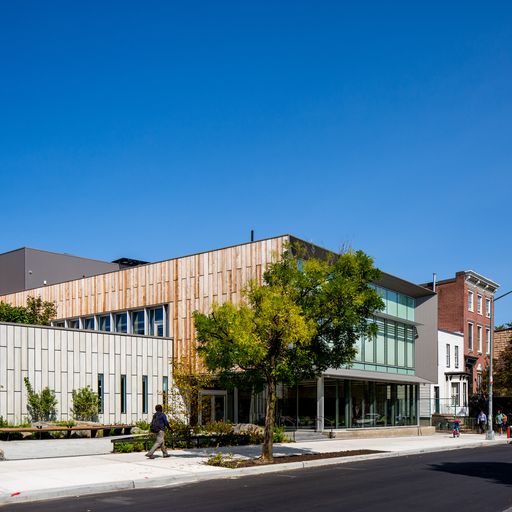An eco haven at BK’s northern tip: The Greenpoint Library and its Environmental Education Center

EDITORS’ NOTE: The Brooklyn Public Library, first established by a state grant in 1892 when Brooklyn was still an independent city, now serves Brooklyn with 61 locations all across the borough. This makes BPL the institution with the largest direct engagement factor of any in Brooklyn. The 60 branches, combined with the main library at Grand Army Plaza, continue to make a strong cultural connection to Brooklynites of all backgrounds and ages. Thus, the Brooklyn Eagle has begun a series to profile each neighborhood branch.
GREENPOINT — This week, I traveled to Brooklyn’s northernmost neighborhood to visit the Greenpoint Library and Environmental Education Center. The library is located at 107 Norman Ave. and is the branch’s third building over its lifetime.

The first iteration of the Greenpoint library opened as a Carnegie Library in 1906, and the branch’s second home was a modest one-story building that served the neighborhood from 1973-2017. In 2017, the building was closed and demolished to make way for the construction of the current building. After delays in the construction process — thanks to COVID — and the removal of asbestos from the old foundations, the new library opened in October of 2020. The new space has more than double the square footage of the previous building and integrates a variety of indoor and outdoor areas across its three floors.
